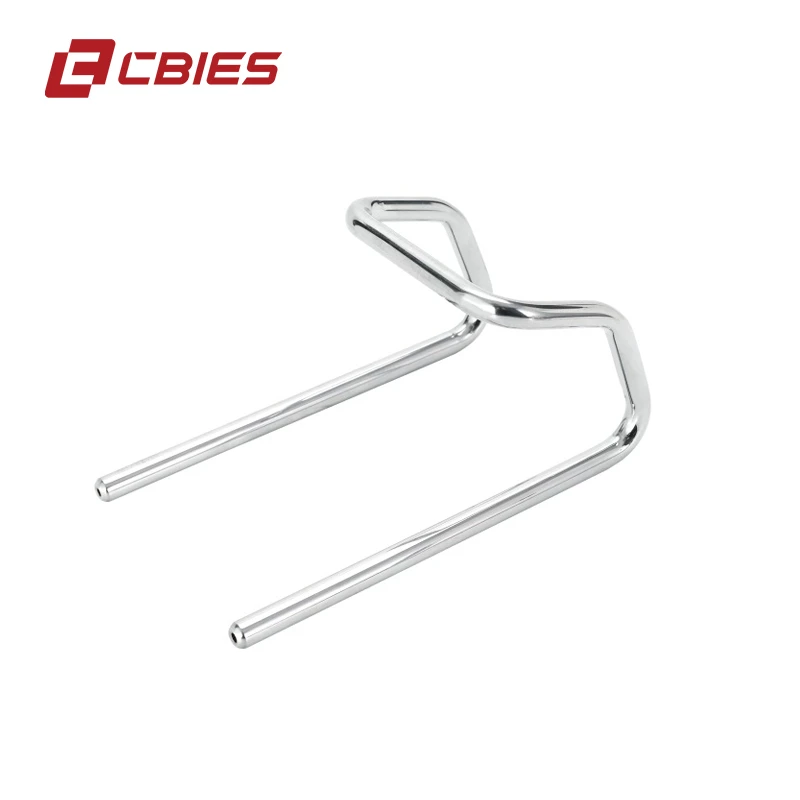
The Importance of Cold Drawn Welded Tubes in Modern Engineering
In the realm of modern engineering and manufacturing, cold drawn welded tubes have carved a significant niche, thanks to their unique properties and versatility. These tubes, known for their strength, durability, and precise dimensions, play a crucial role in various applications, ranging from automotive to aerospace industries. Understanding the production process and benefits of cold drawn welded tubes can highlight their importance in contemporary engineering solutions.
What are Cold Drawn Welded Tubes?
Cold drawn welded tubes are produced through a combination of welding and cold drawing methods. Initially, flat strips of metal are processed and welded to form a tubular shape. The welding can be accomplished using several techniques, including electric resistance welding (ERW) or laser welding. After welding, the tubes undergo a cold drawing process—this involves pulling the welded tube through a die to reduce its diameter and increase its length, while also improving its mechanical properties.
This process results in tubes that have a high level of uniformity and accuracy in dimensions. The cold working involved in the drawing process enhances the material's tensile strength and provides a fine surface finish, making it suitable for applications demanding both aesthetics and functionality.
Advantages of Cold Drawn Welded Tubes
1. Enhanced Strength and Durability One of the primary benefits of cold drawn welded tubes is their improved strength. Cold work increases the yield strength and tensile strength of the material, ensuring that the tubes can withstand significant loads and pressures, making them ideal for high-stress applications.
2. Dimensional Precision The cold drawn process enables manufacturers to achieve tight tolerances, which is vital for applications where precision is paramount. This dimensional accuracy can reduce waste and improve assembly times in manufacturing environments.

3. Versatile Applications Cold drawn welded tubes are utilized across various sectors, including automotive, construction, and manufacturing. They can be found in structures such as scaffolding, in the framework of vehicles, and as components in machinery and equipment.
4. Enhanced Surface Finish The cold drawing process not only enhances strength but also improves the surface finish of the tubes. A fine surface finish is particularly important in applications where aesthetic features are considered alongside functionality, such as decorative railings or automotive components.
5. Cost-Effectiveness The production process of cold drawn welded tubes can be more cost-effective compared to other methods due to higher material usage efficiency and reduced processing times. In high-demand situations, quantity production of standardized sizes becomes feasible, lowering costs further.
Considerations in Production
While cold drawn welded tubes offer numerous advantages, there are also considerations manufacturers must account for in the production process. The selection of the base material is crucial, as it determines the tube's final properties. Common materials include stainless steel, carbon steel, and aluminum, each chosen based on the application requirements.
Furthermore, the welding process must be meticulously controlled to prevent defects, as any flaws can compromise the integrity of the tube. Quality assurance measures, including non-destructive testing methods, are often employed to ensure that the finished products meet stringent industry standards.
Conclusion
Cold drawn welded tubes represent a vital component in the toolkit of modern engineering, offering unique advantages that cater to a wide variety of applications. Their combination of strength, precision, and versatility makes them indispensable in sectors that demand high-performance materials. As industries continue to evolve and seek more efficient solutions, the reliance on innovations like cold drawn welded tubes will undoubtedly grow, solidifying their role in the future of manufacturing and construction.